Running training is a great activity where the requirements for equipment can be minimal as a starting point. You can start with a pair of reasonable running shoes, then you are ready to run. However, over time, when you decide to run regularly several times a week, it becomes more relevant to upgrade your running wardrobe and add support equipment. In best running gear to boost your training results, we will show your opportunities. This is the intention of Best running gear to boost your training results.
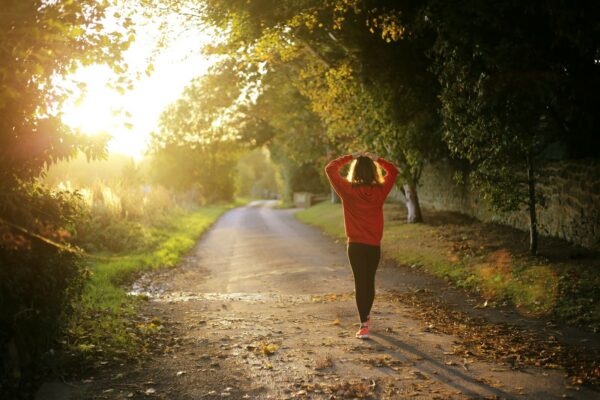
In this way, you ensure optimal comfort and get more quality into your weekly training. You will in general also prevent a “shape fall” in the performance by dehydration and get a lift of your training to a higher level.
Running Shoe Choice
You should have at least two pairs of running shoes to prevent the risk of overload injuries. When you switch between several pairs of running shoes, you move the load points over a larger area and distribute the total load. This means, that you reduce the risk of injuries.
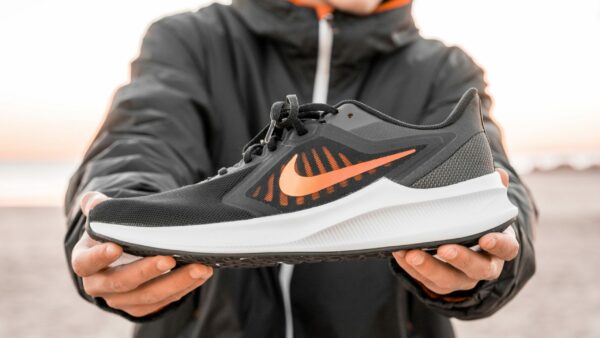
In addition, you can choose running shoe models with special properties that best suit the individual training sessions. There are e.g., differences in whether you run intervals on a stadium where the running surface is made of a special material, long runs on asphalt roads, or in the woods.
It does not get more expensive with two or more pairs of running shoes instead of one pair. A running shoe usually has a durability of 600 – 1000 km before it should be discarded. By switching between several pairs of running shoes, the mileage load is distributed and each individual pair of shoes has correspondingly longer durability. You should have a basic shoe and in addition, choose one or two of the others according to your needs:
A basic shoe
This shoe is used for long easy/moderate runs. You can get support in a sports shop from a professional, where you can have your running style checked on a treadmill, so you get a customized running shoe – if you want – that supports your running style, which can be:
Neutral pronation: The shoe that fits this pattern of movement cushions the shock when you land and supports your foot in its natural movement.
Overpronation: This shoe also cushions shock when you land. Overpronation rolls your foot too much inward and this roll must be stopped, to control the foot in the most natural performing of contact with the ground to avoid injuries.
Supination: When the foot supinates it means the run performs on the outside of the sole. In this case, your foot will be controlled so it rolls inwardly as close to the neutral pronation as possible. The picture below illustrates the “three standards.”
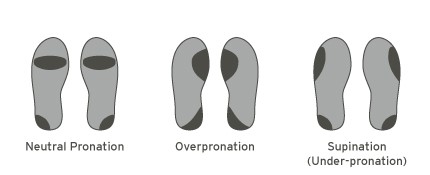
According to Running Warehouse, most runners have some degree of overpronation. Between 50 percent and 60 percent of runners are considered mild pronators while 20 percent to 30 percent are severe overpronators. The rest of the population has a normal amount of pronation or tends to supinate or allow their foot to roll out, as they run and walk.
Trail running shoes
If you run in the forest, then you may want to consider buying a pair of trail shoes. They have a rough outsole with a good grip, designed for the often uneven and varied surface in the forest. In addition, they are typically reinforced around the toe box with a dirt-repellent outer material.
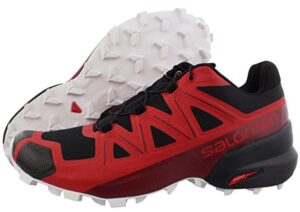
Lightweight running shoes
To intervals inside a stadium or on paved roads – which are often used in a club out of season – is very motivating to run with. This shoe type is lighter, gives an easier step frequency and a better feeling of the surface than a basic shoe. That means you get faster. The lightweight trainer is also suitable for Tempo runs and competitions on 5k and 10k.
Minimalist running shoes
Is really good to use when you want to work on your running style. This shoe has a smaller drop from the heel area to the forefoot, about 0-4mm than regular running shoes (10-12mm). It helps you to land further forward on the foot and thus practice the right technique, which you then transfer to your regular running shoes.
These Lightweight and flexible barefoot shoes keep the foot better connected to the running surface and you become able to move as close to barefoot as possible. So truly barefoot shoes will be the lightest and most flexible running shoes.
Socks for Running
It can be ok to train in ordinary cotton socks – as a start. But over time when the runs become longer and the training more demanding, it is a good idea to protect the feet against especially blisters, and here a pair of running socks is excellent. Whether you should choose socks in wool or synthetic fabric is up to you.
The expensive merino wool is warm and it takes a lot before it smells. Synthetic materials will often be cheaper and are largely moisture-repellent, so they dry quickly if they become wet.
The most important thing here is that there are no annoying seams in the foot part. It is also a benefit if there are pillows placed where your feet have the most contact with the shoes, which are often around the toe box and heel.
Leg Compression Stockings
In general, runners use compression stockings for better comfort, and to perform better. Basically, they improve your blood flow, reduce pain and swelling in your legs. They also reduce a bit of the tiring vibration that occurs with each landing.
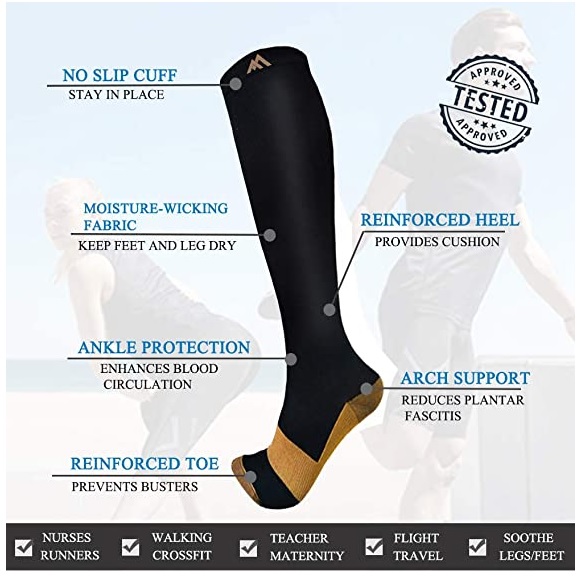
At the same time, the venous pump is supported in its work of sending waste products away from the working muscles. It also becomes easier to recover after training. Pay attention to the fit. Good models are bought by circumference because only with sufficient compression, you can expect an effect.
Moisture Wicking Underwear
This kind of underwear works by keeping you dry because of microscopic fibers that bring moisture away from the body, which helps keep you dry and keep you warm during the cooler months. T-shirts and cotton are not suitable as running clothes and especially not for long distance running.
The natural fibers bind a lot of moisture that lies wet and clammy around the skin, which also has a cooling effect in the wind. On the long runs, when the fatigue comes, you will quickly be drained of energy.
As a long-distance runner, you should be dressed functionally from the inside to the outside with a layering system that moves moisture away from the skin and out to the outside, from where it evaporates away.
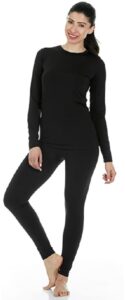
Garmin GPS Watches
If you want to keep track of your running training – how long have I been running? At what pace and more? Then you may need running tech tools to support you. The most important parameter is to control your running intensity in relation to your training goals.
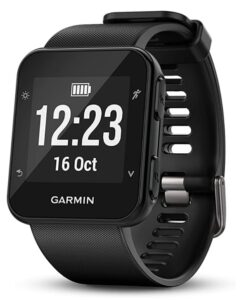
A GPS watch such as a Smartwatch or a Sportswatch uses GPS technology to track exactly where you are running. This allows your watch to create a map of your route and inform you about various parameters such as your average running pace and how fast you run each kilometer.
For beginners, these parameters can be useful as they give you an easy way to track your progress. Over time, you will be able to see that your times get faster and mileage gets longer, which is very helpful. This is also a way for runners to upload data from the watch after training to e.g., Garmin Connect or Strava, link their information to social sites, and also be able to share their virtual training log with other runners.
Most running watches today can track a lot of useful data. They can record your heart rate, sleep patterns, resting heart rate, cadence, and more. For many runners and especially beginners, it can be really satisfying to see each of these metrics improve over time. You get a baseline that can help you track your progress. How to choose the best sports watch is up to you and your running needs.
Heart rate monitor
So, if you are training to become a better runner, a heart rate monitor with GPS is a very effective tool. It shows exactly how hard you load the cardio system and it can therefore be used both as a whip to increase the intensity during hard pace runs or intervals and as a brake that prevents you from running too fast on the long easy/moderate runs. In that way, you can manage and target your training.
For many runners, these options are also an extra motivation to run and keep going. If you do not want to work with all this information, you can settle for a stopwatch with distance measurement. Many basic models have only the most basic functions and are very user-friendly.
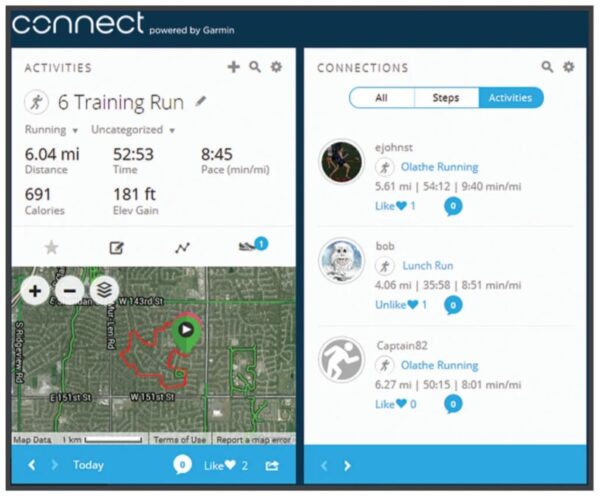
It’s also important to note that information uploaded from your watch never can replace the need to learn how to listen to your body and run based on how you feel. For this reason, some runners choose to run by time using just a stopwatch or running a well-known route without a device or not looking at their GPS watch when running their easy runs. You might want to try this as a way to train your body to run by feel.
You can e.g., use the Borg scale to measure your running intensity, particularly when running with others.
Fluid Gear Products
When you run, whether it is training or competition, then you need to make sure to maintain your fluid balance. Otherwise, you risk becoming dehydrated, which can lead to poorer well-being and lack of performance. A fluid loss of as little as 2% can reduce your performance by about 20%. Therefore, it is very important that you as a runner are aware of the body’s need for fluids.
So, it is very relevant to have fluid, and sometimes also energy bars, or gels with you in the long runs. Therefore, it will be a good idea to invest in a fluid belt system that allows you to have these- and possibly a mobile phone with you on the longer runs. There are basically four systems you can use:
Hydration backpack
A hydration pack is a drink bag that makes it easier to transport water. These hydration systems usually feature a hydration bladder that contains about 1to 3 liters of fluid. The water reservoir is connected to a hose that ends in a bite valve that you drink from.

So, you can bring fluid with you for even the longest distance runs. Especially trail runners use backpacks to carry their fluids and other belongings while running.
Fluid belt
Are you still tying the house key in the laces or putting it in your socks? Or do you hold the phone in your hand when you run? Then you should seriously consider a running belt. The running belt is the best and easiest way to carry fluid, smartphone and keys on your run.
When you have to choose the best fluid belt, your primary consideration should be how much you need to bring with you to the training sessions. If most of your runs are at 5K or 10K distances, you probably don’t need much more than a house key and phone. If you run longer distances, you may need more storage space for food and fluid.
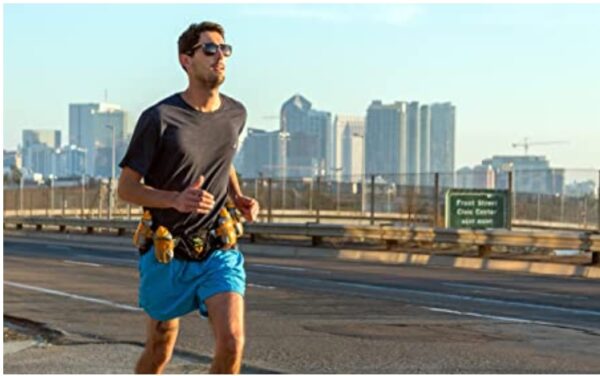
With a fluid belt, you’ll always have a full overview of your fluid intake.
Handheld bottle
Handheld bottles are offered by several manufacturers. They are equipped with a small handgrip and often also with a pocket for keys or gel. But you probably have to get used to running with a bottle in hand. The amount of fluid is limited and therefore this type is more suitable for shorter distances. A popular handheld bottle choice will be the one below:
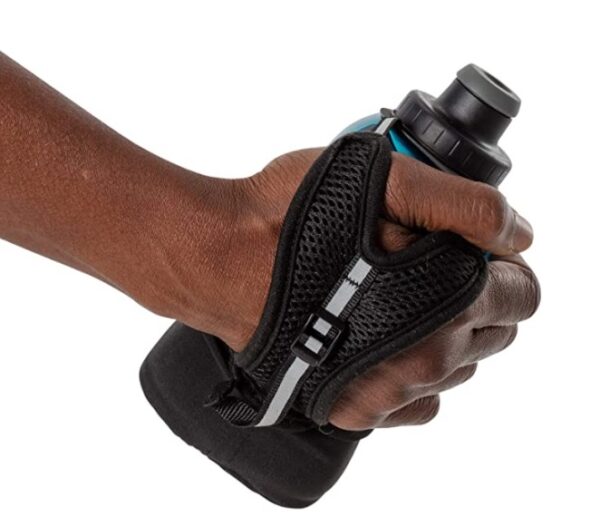
Gel belt
If you can find water on the route you run – or run competitions with fluid depots – a gel belt is the best choice. The belt has space for 2 – 10 small gels and is often provided with a small pocket. In that way, you can have your gels with you on a marathon. A fluid belt with filled bottles can also become too heavy and limit your performance. You can use a practical number belt for gels as here:
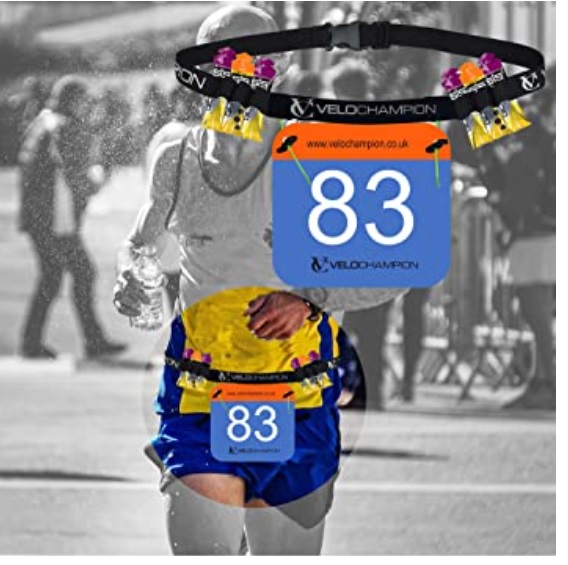
Other Running Gear for Your Comfort
There is a lot of other equipment that can help make your running training more effective and comfortable. equipment such as headphones to increase motivation, small plasters for the nipples that prevent them from bleeding on the long runs, caps with neck shadow for the hot summer days, sports glasses with glasses that protect the eyes from UV rays, Earbuds for music on the run, T-shirt/sweaters, and pants that support the muscles, so they get less tired, and a dog tag with your personal information carried around your wrist, which informs about who you are in case of an accident where you need help and much more if needed.
Final Thoughts
The aim of this post was to give you a quick overview of the most important running gear for you, no matter if you are running to lose some weight, a competition runner or something completely different. Because when you run or “powerwalk” it is crucial that you know the basic elements concerning the benefits of the right training gear to give you the best and most supportive running experience.
I hope you get something out of this post and if you have any questions about this topic or want to leave your own Personal review, please leave a comment below.
[faq-schema id=”4846″]

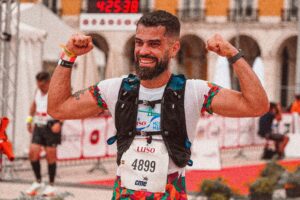

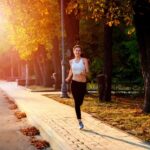

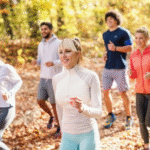
Thank you for the tips for running. I never thought to get more than one running pair of shoes. It makes since why I experience some problems with my feet. I do have some inserts in my running shoes to help, but maybe another pair of running shoes will help the problem. Like the equipment you mentioned. However, the belt for water looks like a money belt. Does not look nice.
Hi Bernard Breytenbach
Thank you for the comment and feedback. Both more than one pair of running shoes or inserts will help your physiology in general. Because you load the system differently in this way and thus relieve some of the “running muscles” from time to time.
Be Well
Hello. Thank you for all your tips for running, I never thought there was so many equipments for running like those special running socks. I was aware that we need at least 2 running shoes because I had a job where I was always on the run and I walk a lot furthermore my mynrunning she’s ware off fast. So much that I got a planter facility and now I alway need to use insoles with gel.I’m fine now but I learn the importance of having good pair of she’s with great support.
I also love the belt it’s a great ideal to carry the water and the celphone.
Hi Claudia
Thank you for the comment. Great to see that you already finding good ideas to support you – 2 pairs of running shoes and insoles with gel etc.
Be Well